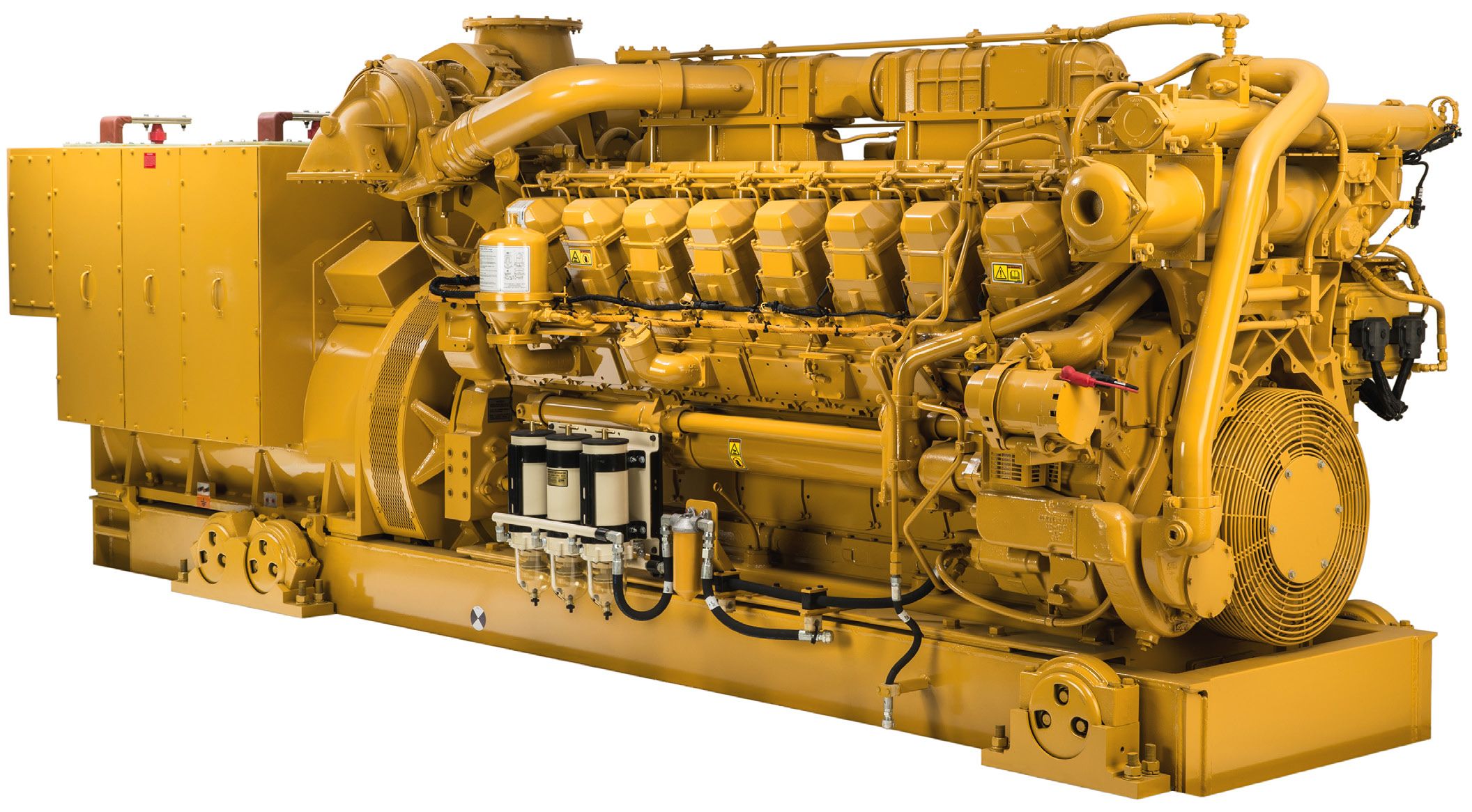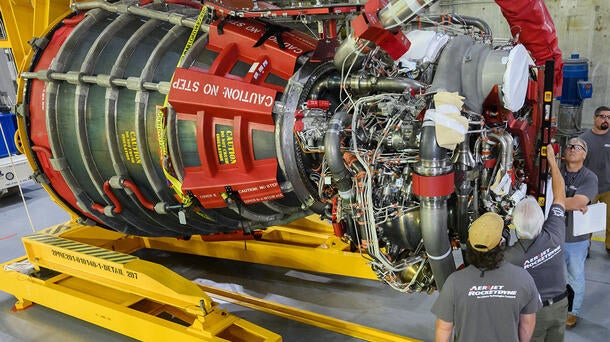Discover Top-Quality Engines for Africa at Our Trustworthy Car Components Shop
Discover Top-Quality Engines for Africa at Our Trustworthy Car Components Shop
Blog Article
The Quest for Ultimate Driving Power: Examining the Pinnacle of Engine Efficiency and Technological Developments in the Automotive Industry
In the realm of automobile engineering, the pursuit of maximum driving power has been a relentless pursuit that has unravelled via the advancement of engine design and the combination of sophisticated innovations. From the meticulous workmanship of combustion engines to the quick developments in electrical propulsion systems, the auto market stands at the cusp of a new period defined by extraordinary performance abilities.
Advancement of Engine Layout

In addition, the combination of turbocharging and turbo charging modern technologies has actually reinvented engine layout by increasing power without dramatically boosting engine dimension. These forced induction systems press the consumption air, permitting more fuel to be combusted, therefore creating higher power outcome from a smaller engine. This development has actually been specifically important in improving the performance of smaller sized displacement engines while keeping fuel performance standards.

Performance-Enhancing Gas Technologies
The application of sophisticated fuel innovations has actually substantially added to enhancing engine performance in modern vehicles. From conventional gas and diesel to cutting-edge biofuels, synthetic gas, and hydrogen, the vehicle field is witnessing a revolution in fuel options. Biofuels, stemmed from eco-friendly resources like sugarcane, algae, or corn, deal reduced exhausts and enhanced engine effectiveness. Artificial gas, created through chemical processes, provide high octane rankings, improving power result. Hydrogen gas cells, although still in the beginning of fostering, show terrific pledge as a result of their zero-emission nature and potential for high performance. In addition, gas additives and detergents are being developed to clean engine components, maximize burning, and decrease friction, thereby enhancing overall automobile efficiency. With continuous research study and advancement, the quest for the supreme driving power continues, as engineers aim to unlock the complete potential of performance-enhancing gas innovations in the vehicle sector.
Improvements in Electric Propulsion
Considerable strides in electrical propulsion technology have actually revolutionized the auto market, leading the way for a new period of lasting and reliable transportation. Electric vehicles (EVs) are getting appeal as a result of their ecological benefits and innovations in battery technology, enabling longer driving varieties and much shorter charging times. Producers are investing greatly in research and development to improve the performance of electric propulsion systems, concentrating on enhancing power outcome, boosting energy efficiency, and minimizing total weight.
One notable development in electric propulsion is the growth of advanced electrical motors that supply greater torque and power density, causing boosted velocity and overall driving performance. Furthermore, regenerative braking systems have actually been refined to store and capture energy during deceleration, more improving the performance of EVs.
Furthermore, the combination of wise innovations, such as artificial intelligence and anticipating analytics, is optimizing my website the administration of electric propulsion systems, making sure ideal efficiency under different driving problems. These innovations in electric propulsion are improving the automotive landscape, driving the industry towards a much more lasting and energized future.
Impact of Computational Fluid Characteristics
With innovations in electrical propulsion pressing the limits of auto technology, the assimilation of Computational Liquid Characteristics is playing a critical role in optimizing aerodynamic performance and boosting overall efficiency in car design. Computational Fluid Characteristics (CFD) involves the use of computer simulations to analyze the circulation of air around a lorry, making it possible for engineers to forecast how style changes will certainly affect the rules of aerodynamics without the need for pricey physical models. By properly modeling airflow patterns, CFD enables for the improvement of lorry shapes to decrease drag, improve cooling, and improve security.
CFD enables engineers to maximize air movement around elements such as radiators, engine bays, and wheel wells, contributing to enhanced performance and general driving experience. In verdict, the combination of Computational Liquid Characteristics stands for a significant step ahead in the quest for ultimate driving power and performance in the auto market.
Future Trends in Engine Technology
In the dynamic landscape of automotive engineering, cutting-edge innovations are shaping the future trajectory of engine technology. The future of engine layout is marked by a solid focus on performance, performance, and sustainability. Suppliers are significantly focusing on creating engines that not only provide high power outputs yet additionally prioritize ecological obligation by minimizing exhausts and boosting gas effectiveness.
One noticeable fad in engine innovation is the surge of electrification. Crossbreed and electric powertrains are acquiring traction as feasible alternatives to conventional combustion engines. see here now These modern technologies provide the capacity for significant decreases in carbon discharges and increased energy effectiveness, aligning with worldwide efforts to battle climate change.
In addition, developments in products science and production techniques are allowing the production of lighter and extra sturdy engine components. This change towards lightweight products such as carbon fiber and light weight aluminum alloys contributes to boosted efficiency and gas economic situation.
Verdict
Finally, the search of utmost driving power in the vehicle market remains to drive developments in engine style, fuel technologies, electrical propulsion, and computational fluid characteristics. The development of these technologies is shaping the future of engine innovation, leading the way for extra reliable and powerful automobiles (engines for africa). As the industry remains to push the limits of what is feasible, we can expect to see a lot more cutting-edge growths in the pursuit for peak performance
One of the vital turning points in engine design evolution is the transition from conventional carbureted engines to modern-day fuel-injected systems. By exactly metering the fuel special info shipment to each cyndrical tube, fuel-injected engines enhance combustion, resulting in far better performance and decreased environmental influence.
In addition, the assimilation of turbocharging and turbo charging modern technologies has changed engine layout by increasing power without significantly increasing engine size (engines for africa).The execution of sophisticated gas technologies has actually significantly contributed to boosting engine performance in modern vehicles. In addition, fuel ingredients and cleaning agents are being formulated to tidy engine components, maximize combustion, and lower friction, thus increasing general vehicle performance
Report this page